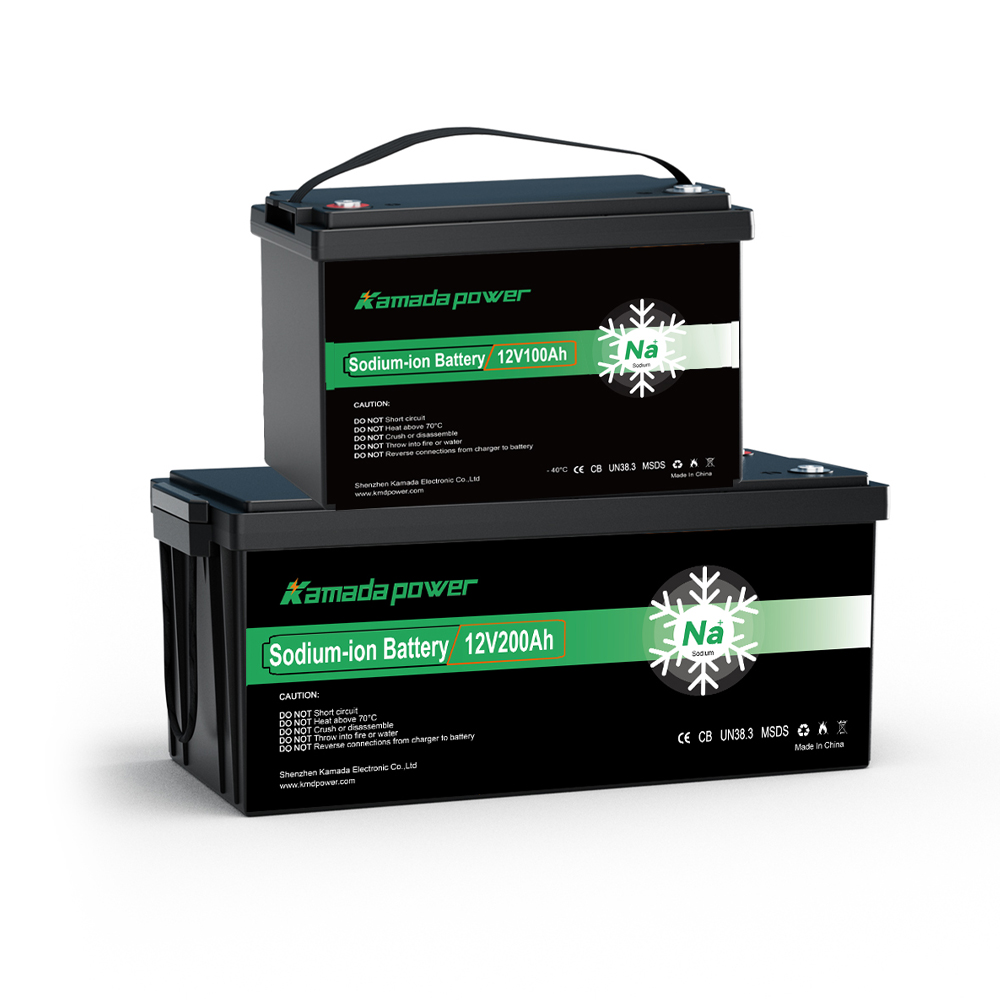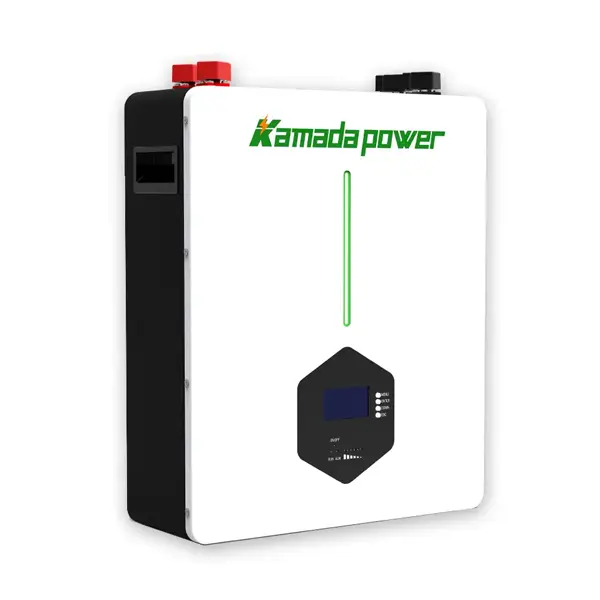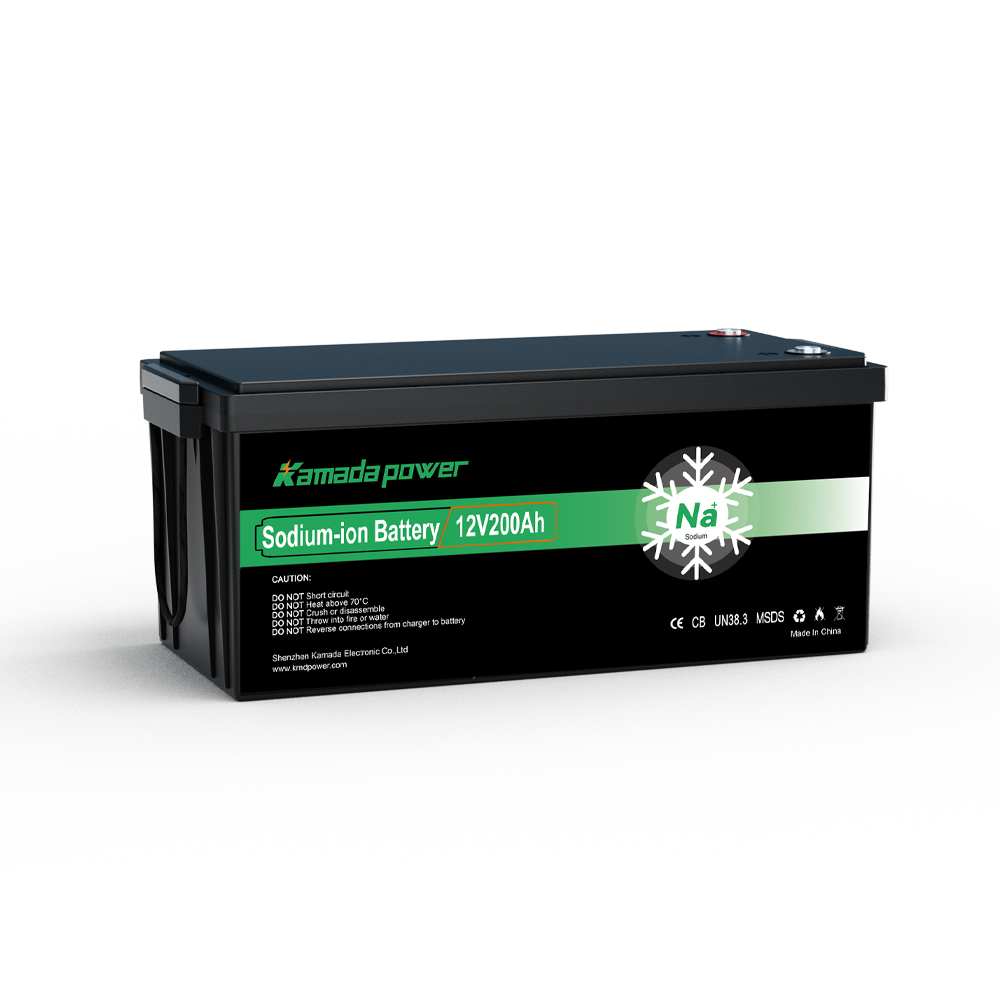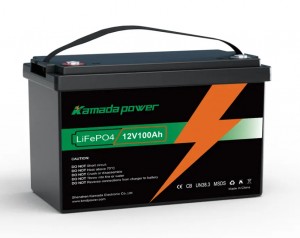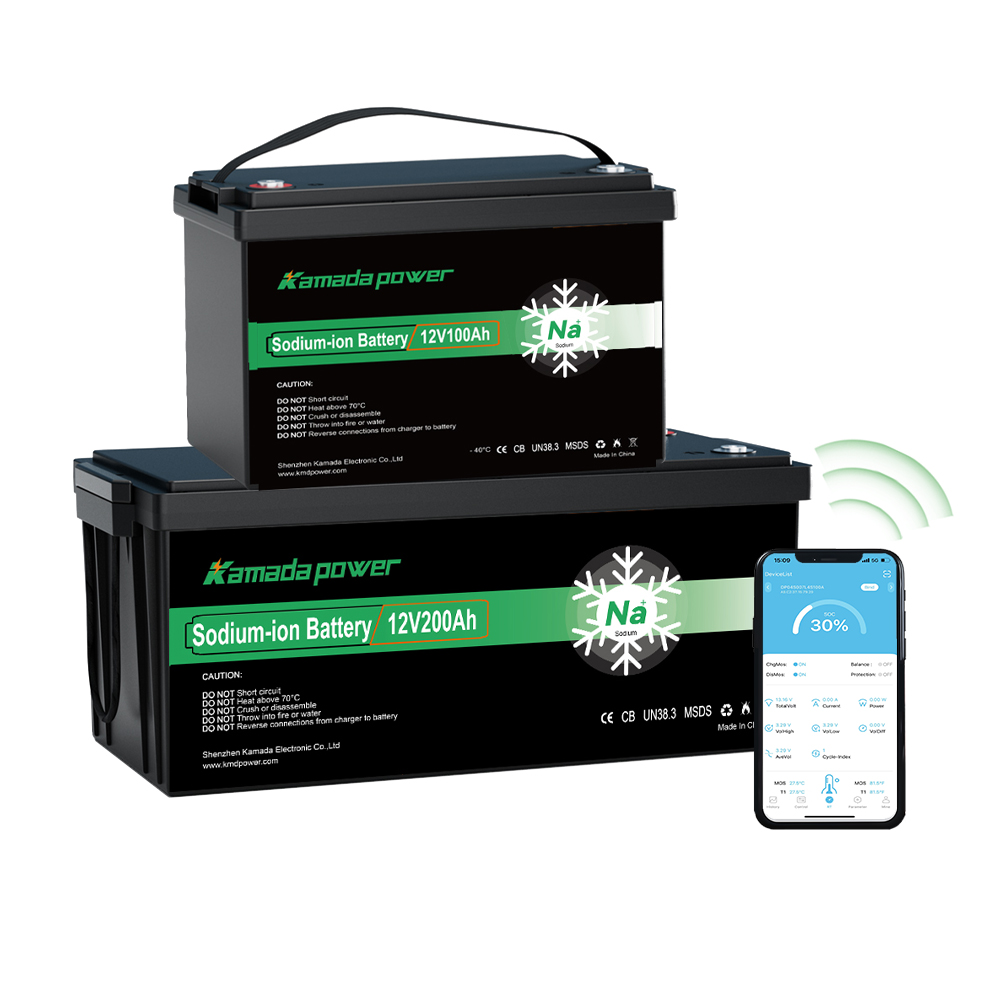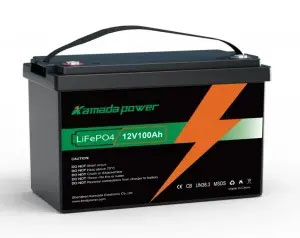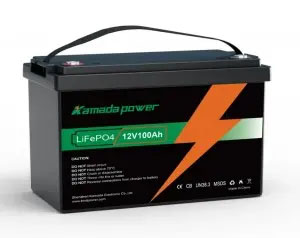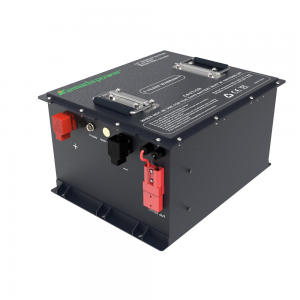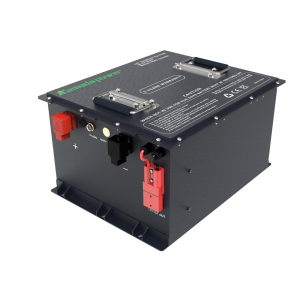Why Boat Owners in Fog Prefer 12V Sodium-Ion Batteries
Out on the water—especially in foggy regions like Canada Maritimes—reliability isn’t optional. It’s essential. For boat owners navigating through heavy mist, salt spray, and unpredictable weather, picking the right battery system can mean the difference between making it back to shore—or not. More and more boaters lean towards 12V sodium-ion batteries, particularly when they use them…

